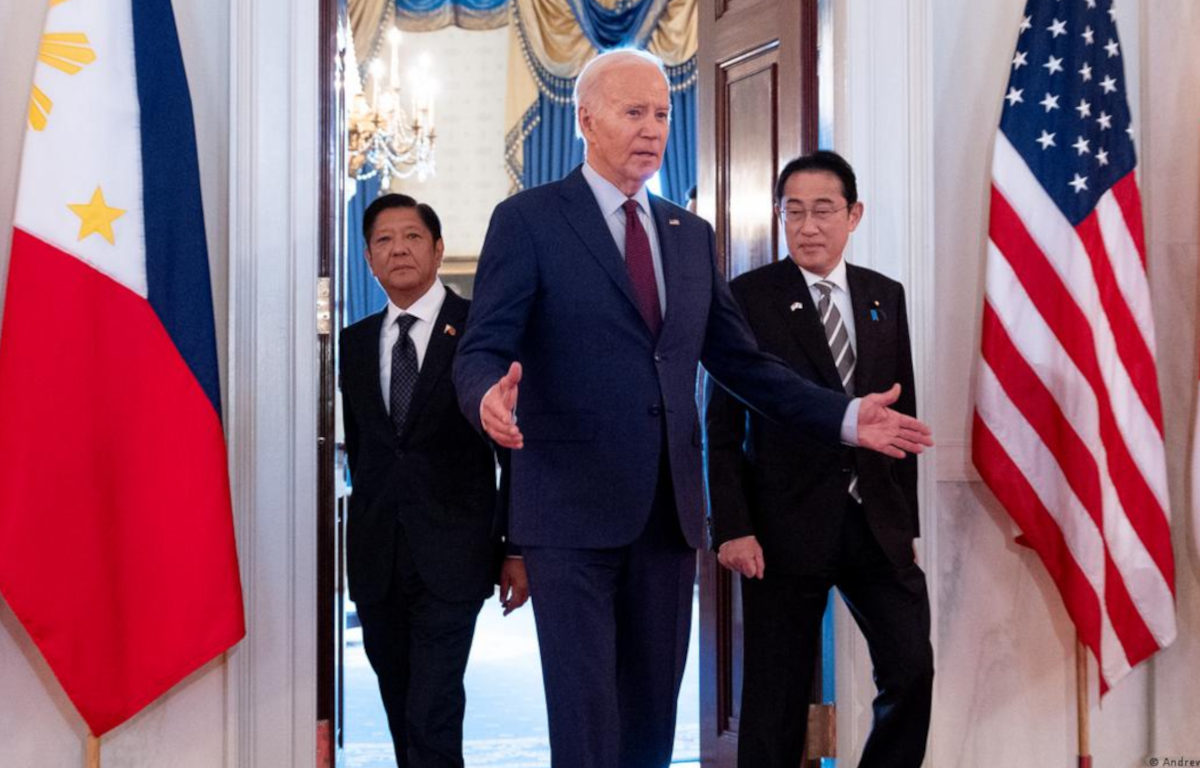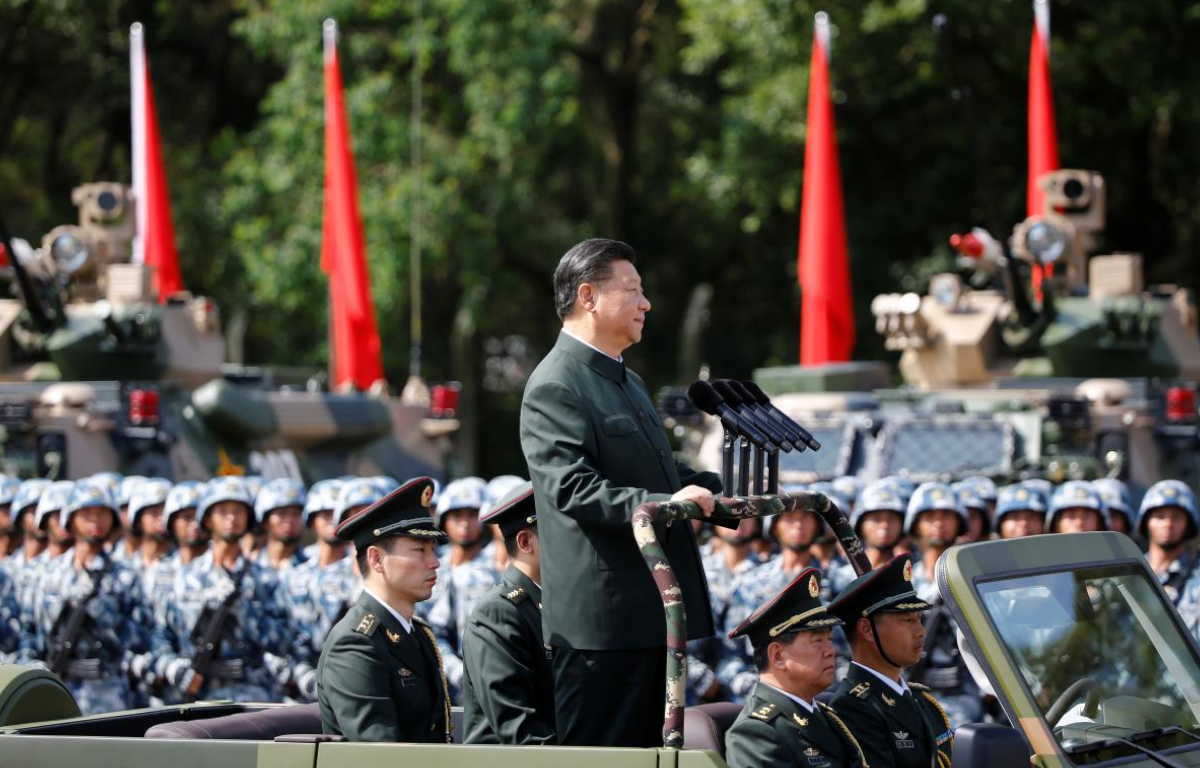
The country’s journey into aircraft carrier development and deployment provides insights into its evolving naval capabilities and geopolitical ambitions.
China’s pursuit of aircraft carriers can be seen as a calculated strategy aimed at enhancing its maritime influence and power projection capabilities. The acquisition of these sophisticated naval assets signifies a shift in focus from coastal defense to a more assertive maritime presence, aligning with China’s broader ambitions of becoming a dominant player in regional and global affairs.
The journey began with the acquisition of the Liaoning, a refurbished Soviet-era aircraft carrier, which was commissioned into the Chinese Navy in 2012. While initially viewed as a symbolic gesture, the Liaoning served as a platform for training and experimentation, laying the groundwork for China’s indigenous aircraft carrier program.
Building upon the experience gained from the Liaoning, China embarked on developing its indigenous aircraft carriers. The Type 001A, launched in 2017, and subsequent variants represent China’s growing expertise in naval engineering and technology. These carriers, equipped with advanced systems and aircraft, signify China’s emergence as a formidable naval power.
China’s naval advancements are not limited to aircraft carriers alone. The country has invested heavily in modernizing its naval fleet, developing cutting-edge submarines, surface vessels, and missile systems. These technological strides are integral to China’s maritime strategy, aimed at safeguarding its interests, asserting territorial claims, and projecting influence beyond its shores.
China’s naval expansion has significant implications for regional dynamics and global security. The increased presence of Chinese naval assets, including aircraft carriers, in strategic waters such as the South China Sea and the Indian Ocean, has raised concerns among neighboring countries and major maritime powers.
While China’s naval advancements are impressive, they are not without challenges and criticisms. Questions regarding transparency, intentions, and adherence to international norms and laws have been raised. The rapid pace of China’s naval modernization also underscores the need for a nuanced understanding of its strategic objectives and potential ramifications.
As China continues to expand its naval capabilities and assert its maritime presence, navigating the complexities of regional and global waters becomes increasingly critical. Balancing security concerns, maintaining stability, and upholding international norms will require cooperation, dialogue, and strategic engagement among nations with vested interests in maritime security.
China’s journey into aircraft carriers reflects its strategic ambitions and evolving naval capabilities. From the acquisition of the Liaoning to the development of indigenous carriers, China has demonstrated its commitment to maritime power projection. However, the implications of its naval expansion extend beyond military prowess, encompassing regional dynamics, global security, and the need for constructive engagement in navigating future maritime challenges.










Share this: